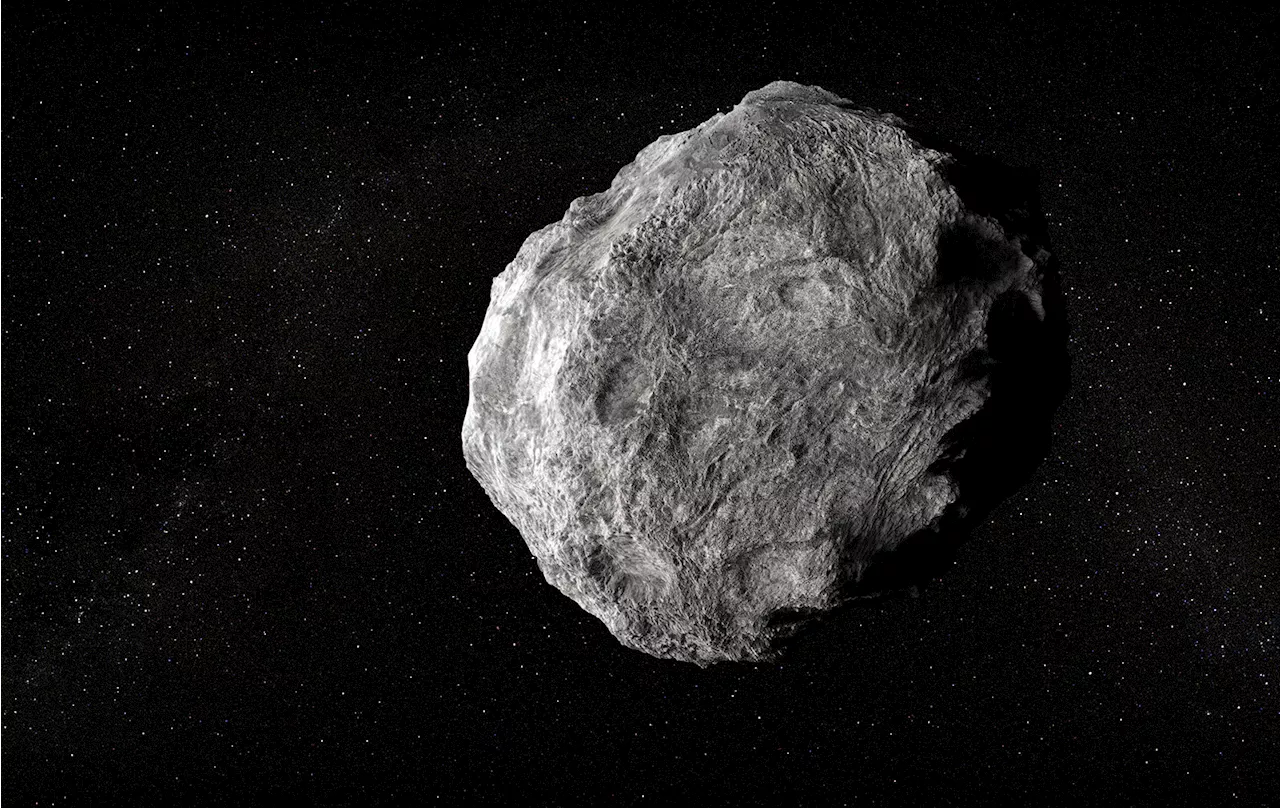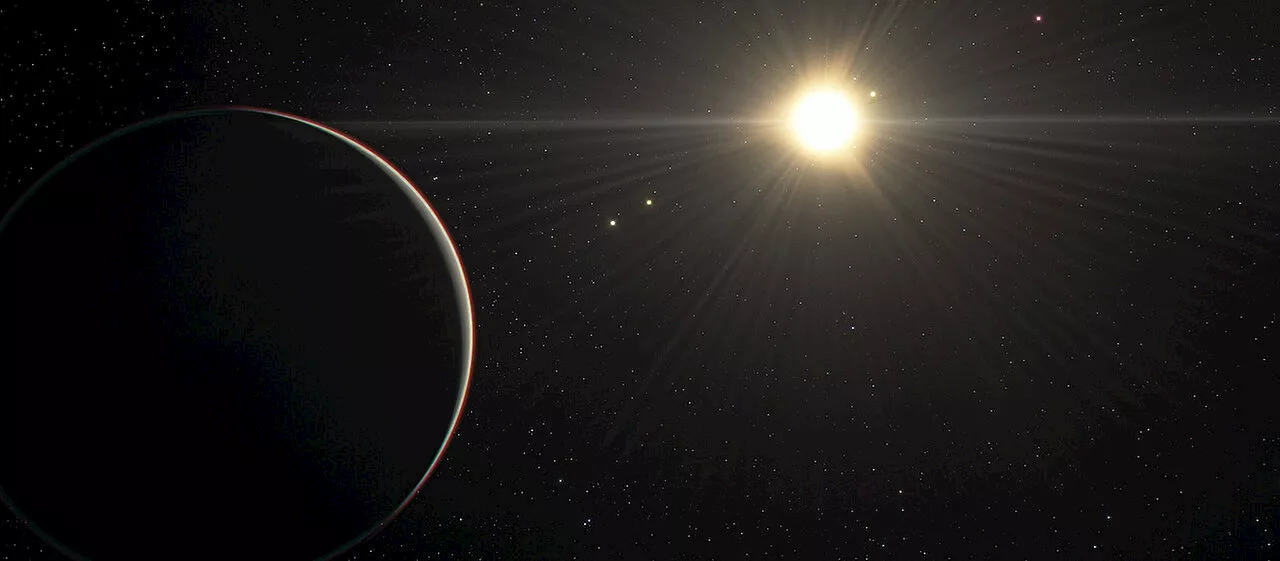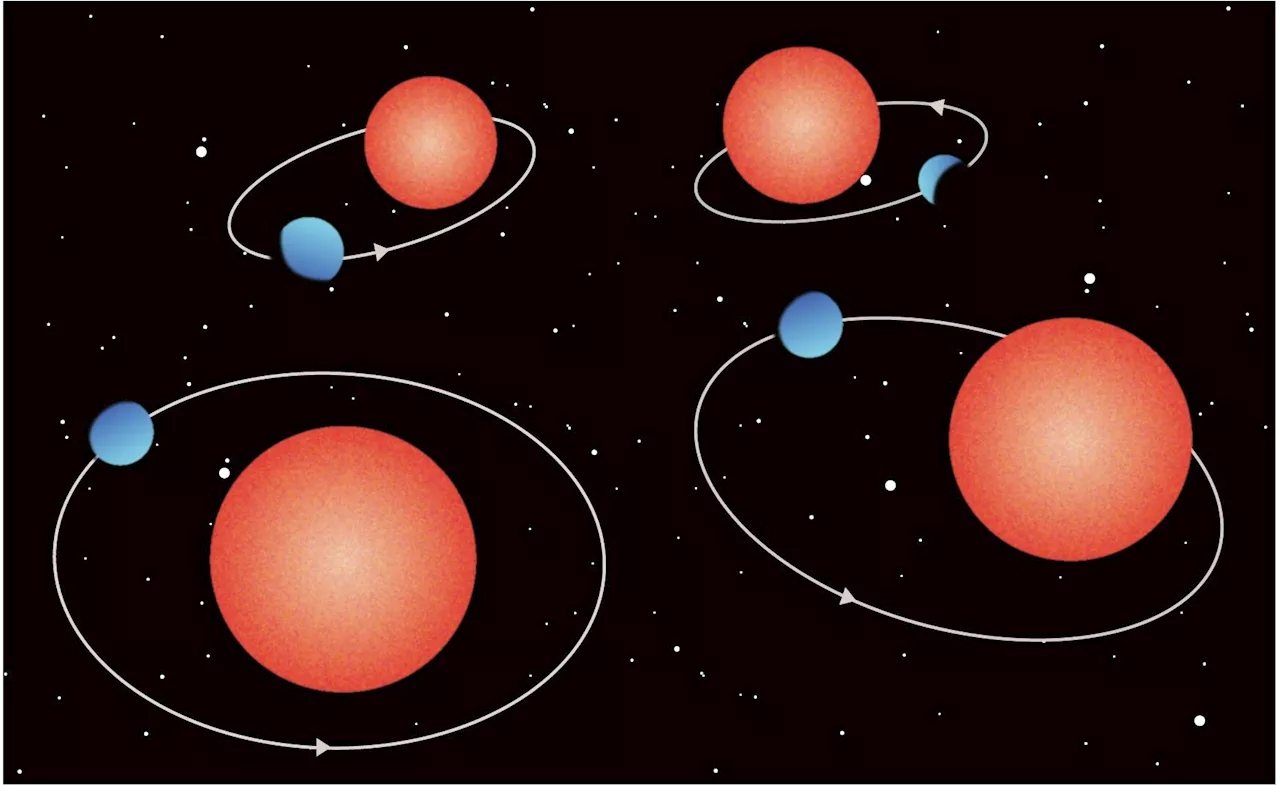The majority of stars in our galaxy are home to planets. The most abundant are the sub-Neptunes, planets between the size of Earth and Neptune. Calculating their density poses a problem for scientists: depending on the method used to measure their mass, two populations are highlighted, the dense and the less dense.
An international team has shown the existence of two distinct populations of sub-Neptunes, resolving a debate in the scientific community Is this due to an observational bias or the physical existence of two distinct populations of sub-Neptunes? Recent work argues for the latter.
''The TTV method involves measuring variations in transit timing. Gravitational interactions between planets in the same system will slightly modify the moment at which the planets pass in front of their star,'' explains Jean-Baptiste Delisle, scientific collaborator in the Astronomy Department of the UNIGE Faculty of Science and co-author of the study.
''This selection process would lead to a bias in the literature in favor of higher masses and densities for planets characterized with the radial velocity method. As we have no measurement of their masses, the less dense planets would be excluded from our analyses,'' explains Adrien Leleu.
Kuiper Belt Pluto Astrophysics Astronomy Stars Solar System Galaxies
United States Latest News, United States Headlines
Similar News:You can also read news stories similar to this one that we have collected from other news sources.
 Life Beyond Earth: Webb’s Spectroscopic Hunt for Earth-Like PlanetsScience, Space and Technology News 2024
Life Beyond Earth: Webb’s Spectroscopic Hunt for Earth-Like PlanetsScience, Space and Technology News 2024
Read more »
 An asteroid larger than 99% of near-Earth asteroids will pass Earth this weekTwo asteroids will pass Earth back-to-back this week, just in time to celebrate Asteroid Day 2024. Here's what we know.
An asteroid larger than 99% of near-Earth asteroids will pass Earth this weekTwo asteroids will pass Earth back-to-back this week, just in time to celebrate Asteroid Day 2024. Here's what we know.
Read more »
 The density difference of sub-Neptunes finally decipheredAn international team led by UNIGE, UNIBE and PlanetS has shown the existence of two distinct populations of sub-Neptunes, resolving a debate in the scientific community.
The density difference of sub-Neptunes finally decipheredAn international team led by UNIGE, UNIBE and PlanetS has shown the existence of two distinct populations of sub-Neptunes, resolving a debate in the scientific community.
Read more »
 Researchers discover mysterious mini-NeptunesResearchers discovered mini-Neptunes around four red dwarfs using observations from a global network of ground-based telescopes and the TESS space telescope. These four mini-Neptunes are close to their parent stars, and the three of them are likely to be in eccentric orbits.
Researchers discover mysterious mini-NeptunesResearchers discovered mini-Neptunes around four red dwarfs using observations from a global network of ground-based telescopes and the TESS space telescope. These four mini-Neptunes are close to their parent stars, and the three of them are likely to be in eccentric orbits.
Read more »
 Mysterious mini-Neptunes | ScienceDailyThis study discovered mini-Neptunes around four red dwarfs using observations from a global network of ground-based telescopes and the TESS space telescope. These four mini-Neptunes are close to their parent stars, and the three of them are likely to be in eccentric orbits.
Mysterious mini-Neptunes | ScienceDailyThis study discovered mini-Neptunes around four red dwarfs using observations from a global network of ground-based telescopes and the TESS space telescope. These four mini-Neptunes are close to their parent stars, and the three of them are likely to be in eccentric orbits.
Read more »
 Ukraine Strikes Russian Territory With Homegrown Neptune MissilesThe sinking of Russia's Black Sea Fleet flagship, the 'Moskva', in April 2022 was attributed to Ukraine's Neptune missile.
Ukraine Strikes Russian Territory With Homegrown Neptune MissilesThe sinking of Russia's Black Sea Fleet flagship, the 'Moskva', in April 2022 was attributed to Ukraine's Neptune missile.
Read more »
